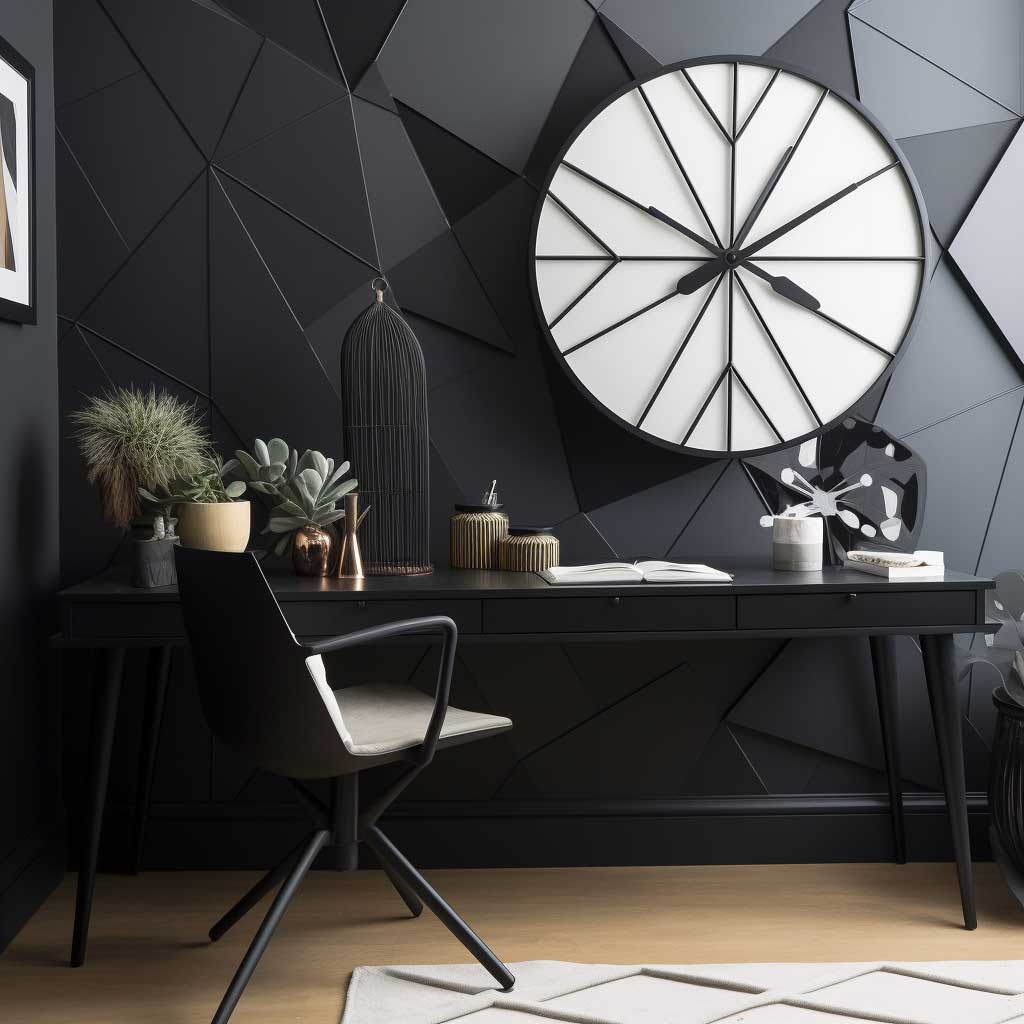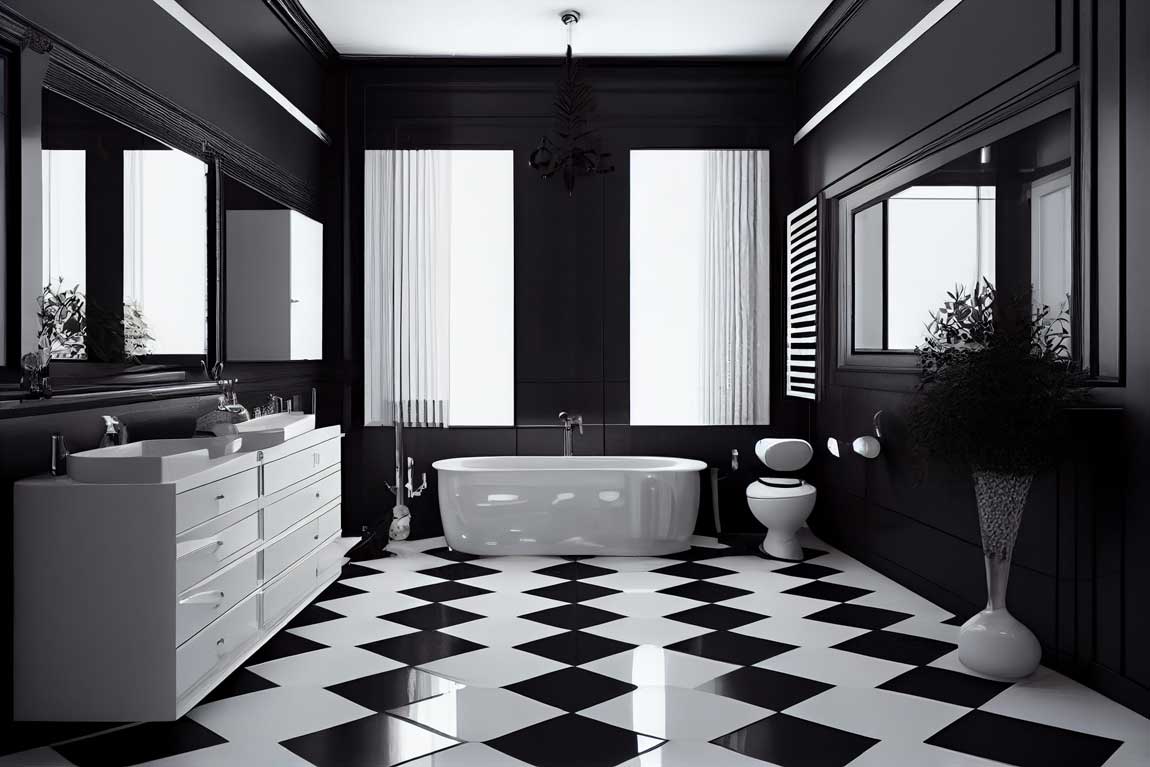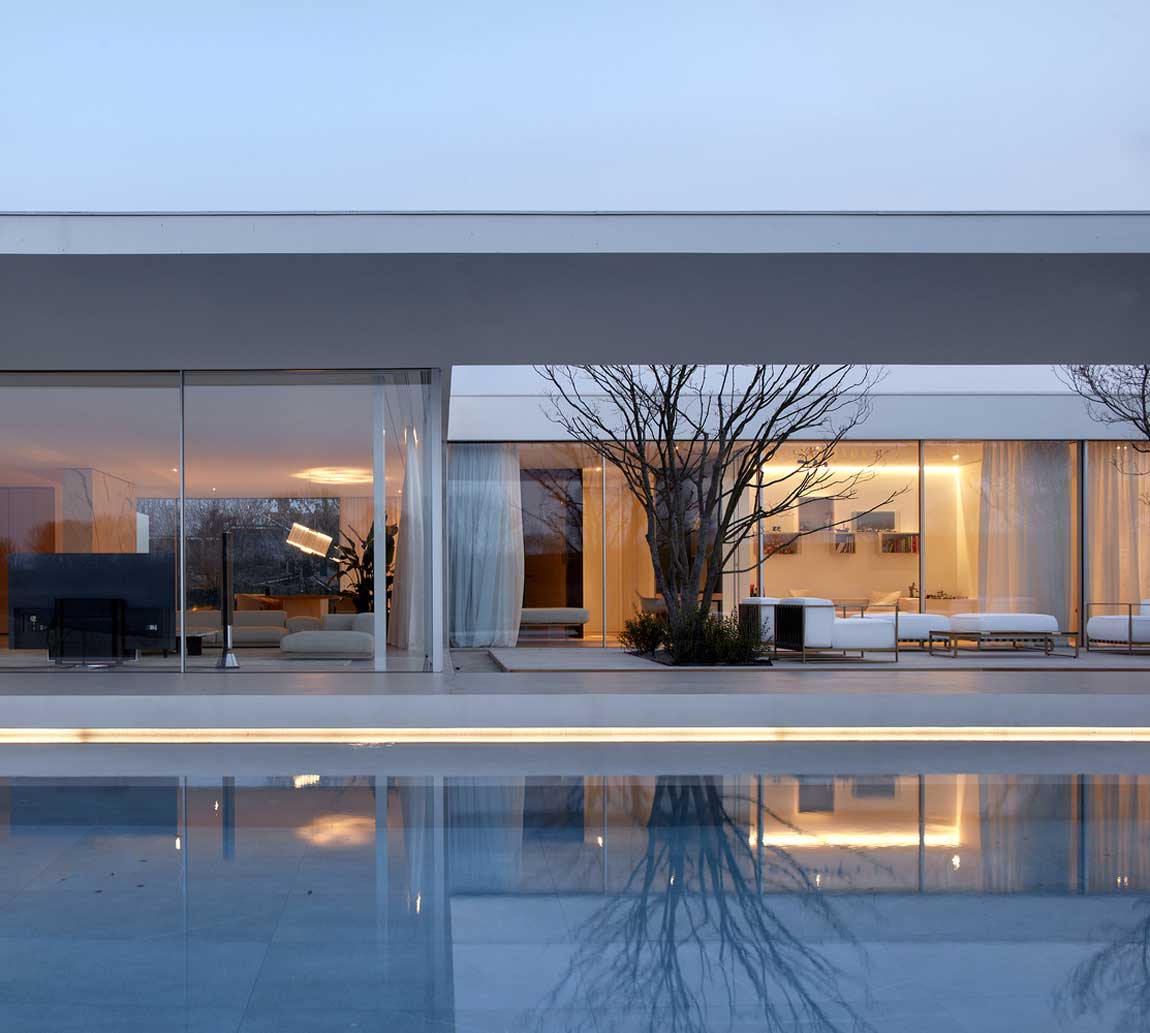Choosing a black house design is a bold and audacious move that results in a stunning and impactful home. Despite common misconceptions, a black house design does not equate to a dark or gloomy ambiance. Instead, it embodies sophistication, timelessness, and a daring aesthetic that makes a statement. In this article, we will delve into the seven key elements of a striking black house design, aiming to inspire and guide you on your journey of creating a home that genuinely stands out.

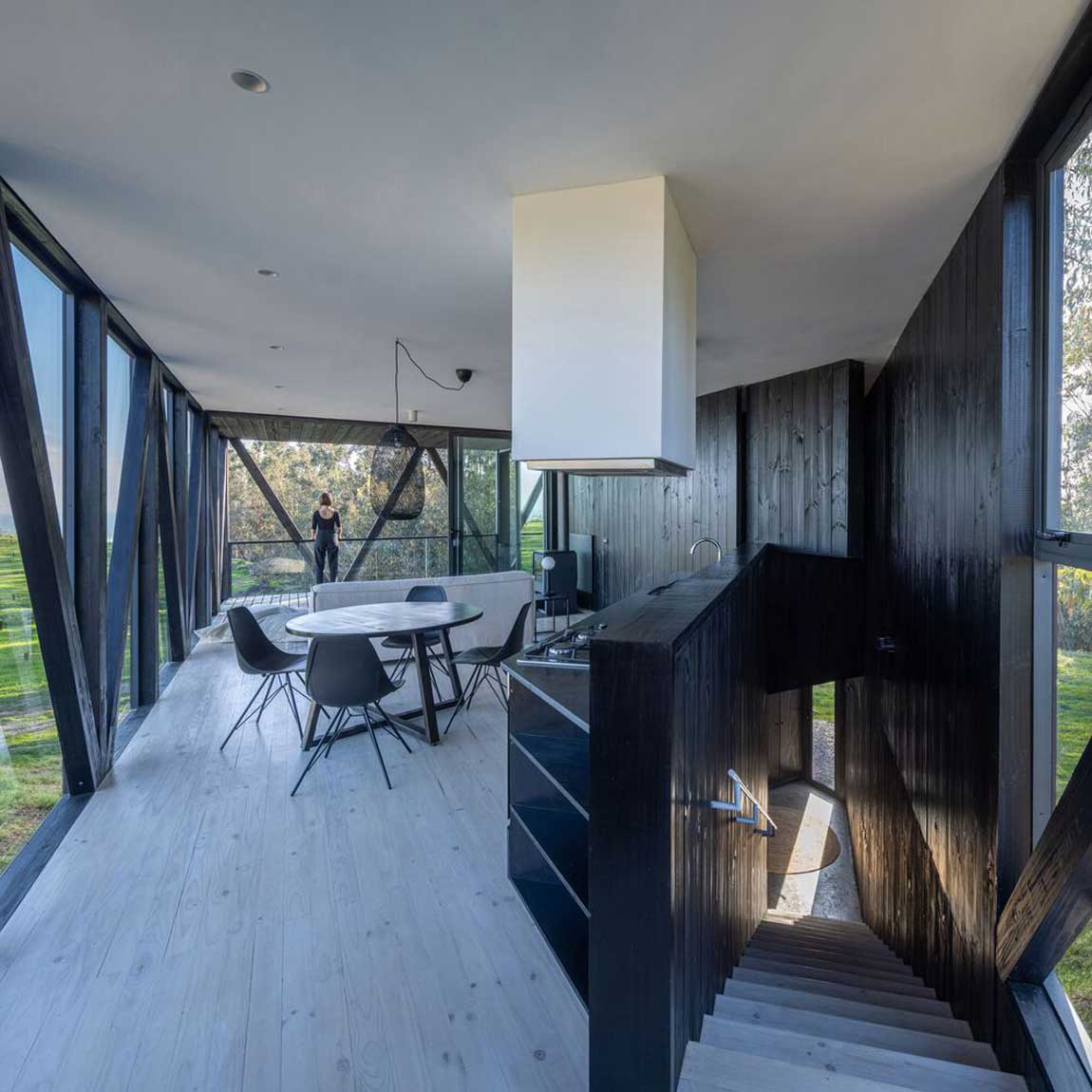
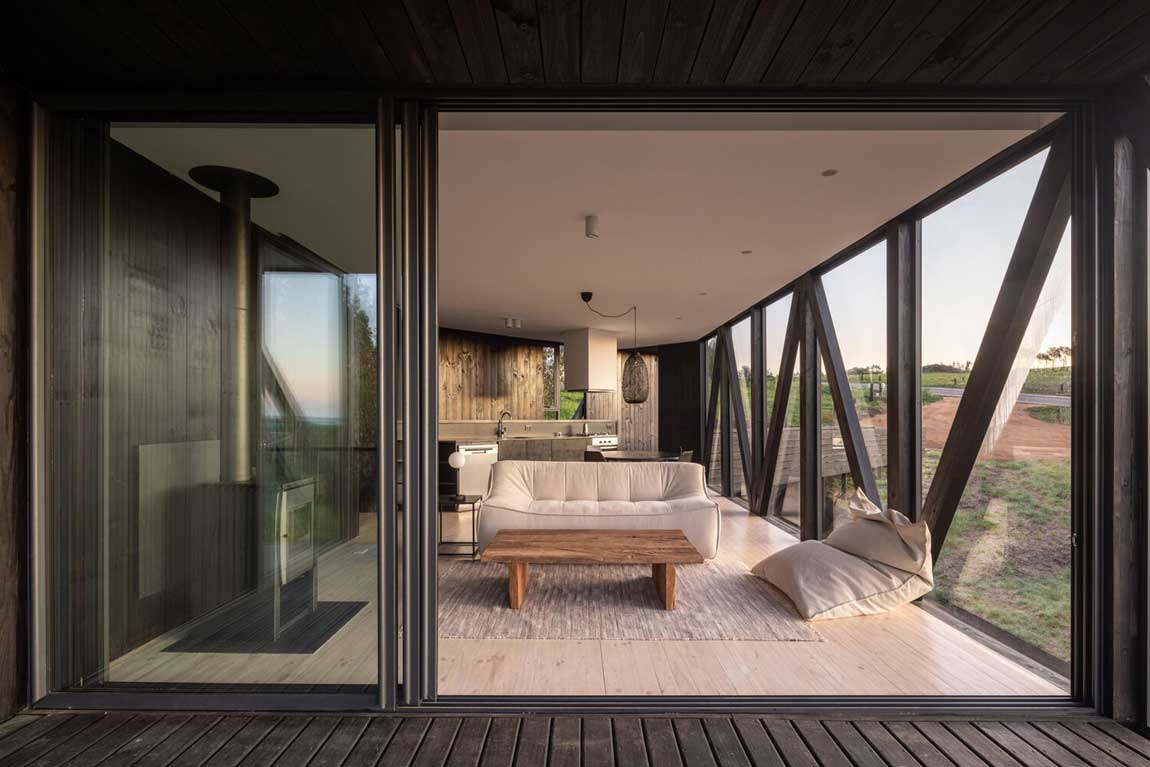
1. Architectural Design
When considering a black house design, the architectural style plays a pivotal role. The black color can enhance and define architectural lines and shapes, making the structure of the house appear more prominent and dramatic.
Consider the structure of your home and how black can accentuate its features. Whether your house has a modern, minimalistic design, a classic Victorian style, or a charming rustic appeal, the black color can add depth and character.
Moreover, think about how the black exterior will contrast with the surrounding environment. Black houses often stand out beautifully against green landscapes, blue skies, or snowy environments.
Lastly, remember that the beauty of a black house design often lies in simplicity. A clean, uncluttered architectural design can make a black house truly shine.

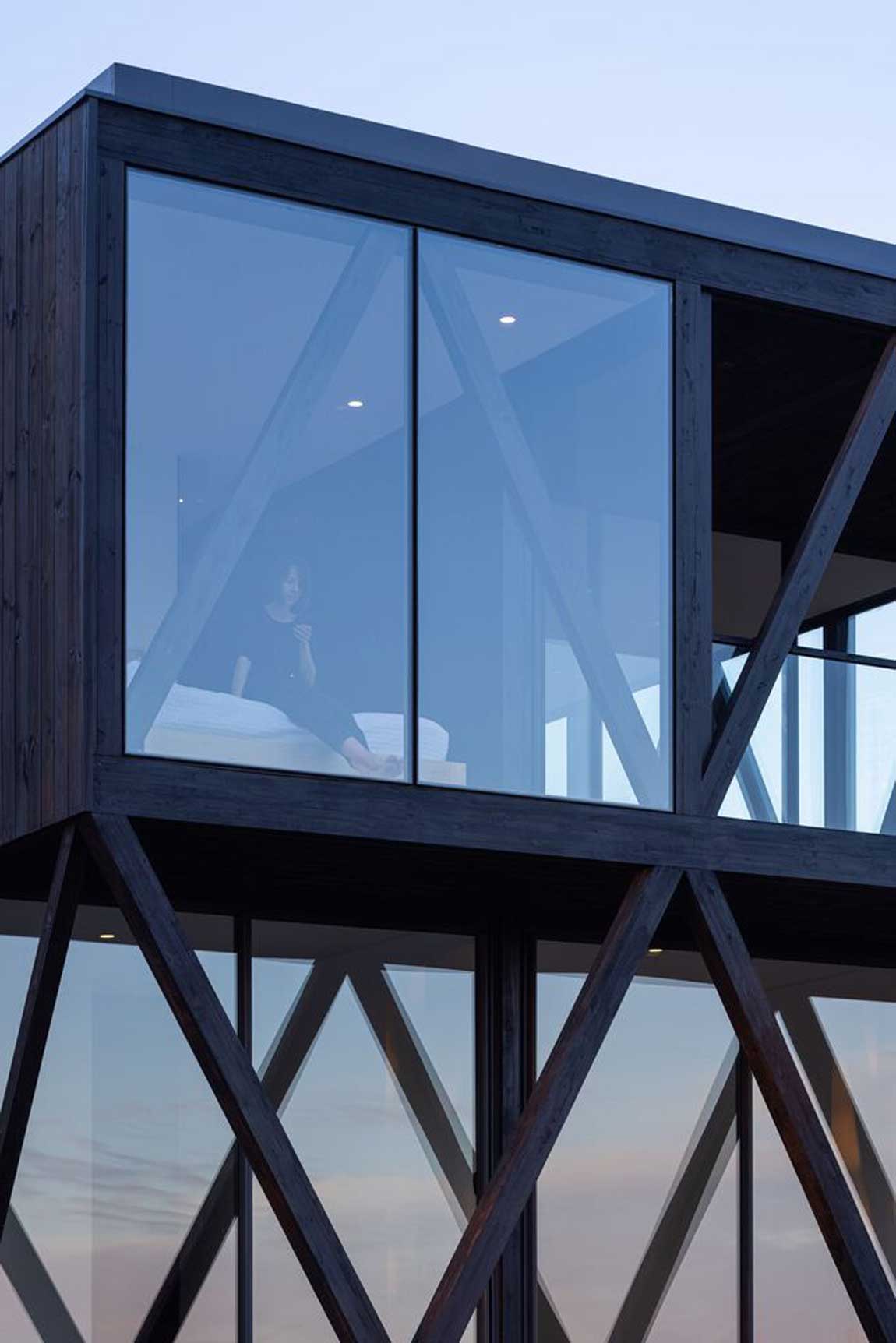
2. Material Choices
The materials used in your black house design are crucial. Not all materials look good in black, and some may require more maintenance than others when used in this bold color.
Consider using materials that naturally come in black or dark shades. These can include blackened steel, charred wood (Shou Sugi Ban), black bricks, or dark slate. Such materials not only look stunning in black but also often have improved durability and weather resistance.
The texture of the materials also matters. Different textures reflect light differently, creating a variety of effects. For instance, matte surfaces absorb light and create a soft, subdued look, while glossy surfaces reflect light, adding brightness and vibrancy.
Remember to consider the practicality and maintenance needs of the materials. Some black materials can show dust and water marks more than lighter ones, so factor this into your decision.

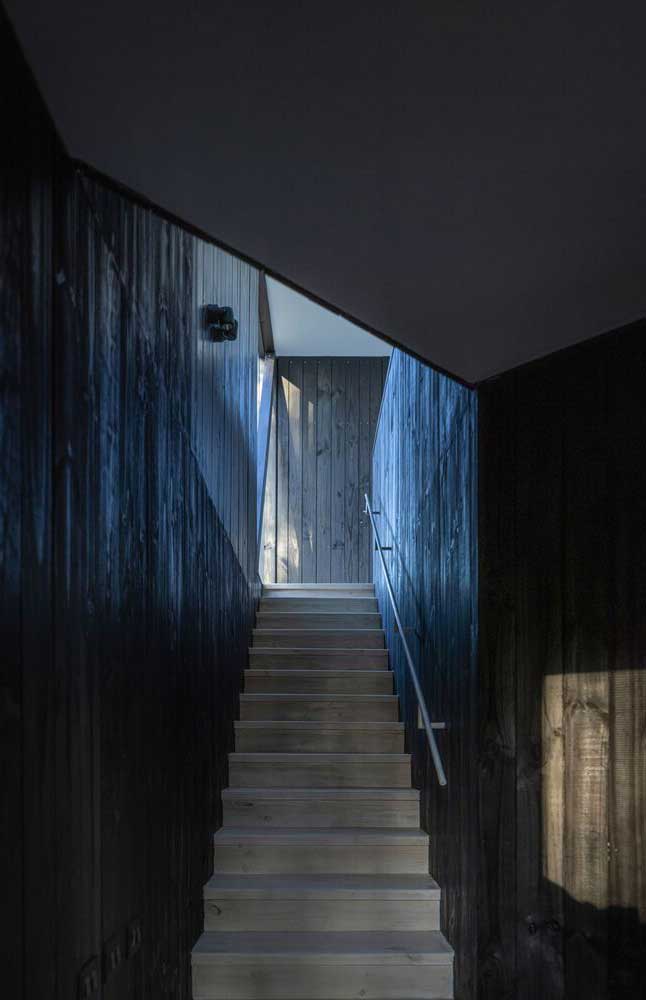
3. Landscape Integration
A striking black house design should integrate seamlessly with its landscape. This doesn’t mean it should blend in and become invisible. Instead, it should stand out in a way that complements and enhances the natural surroundings.
Think about the color and texture of the landscape around your home. A lush green landscape can create a beautiful contrast with a black house, making the latter stand out dramatically. In a more arid or snowy environment, a black house can appear striking and sculptural.
Landscape integration also involves considering the views from the house. Strategic use of windows and glass can help connect the black interior with the outdoors, creating a continuous, harmonious flow.
Finally, consider how outdoor elements, such as patios, decks, and pools, can complement your black house design. Using black or dark-colored materials for these features can create a cohesive, well-integrated look.

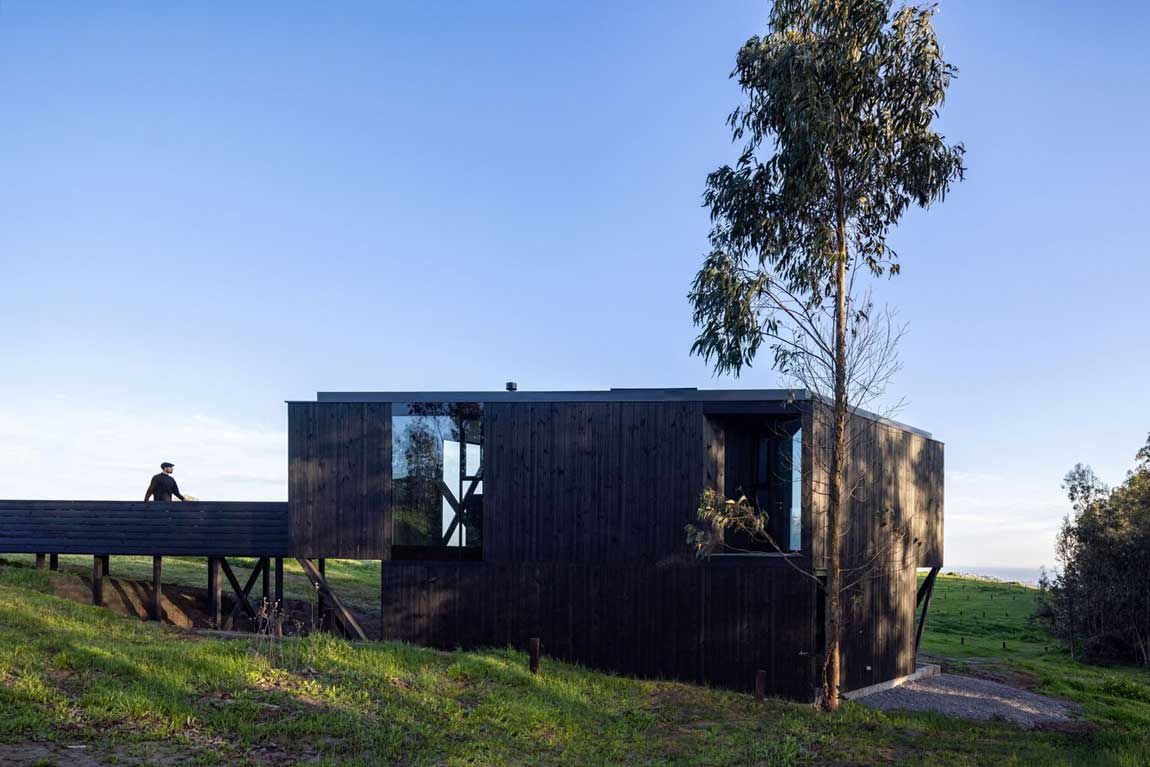

4. Lighting Design
In a black house design, lighting plays a critical role. It can enhance the architectural features, create a warm and inviting ambiance, and offset the dark color.
Exterior lighting is especially crucial in a black house design. Strategically placed lights can highlight the architecture, illuminate the entrance, and make the house look stunning at night. Consider a mix of ambient, task, and accent lighting for the best effect.
Interior lighting, too, is vital in a black house design. It can help to brighten the space, create a cozy atmosphere, and draw attention to specific design elements. Remember, the goal is to balance the bold black design with enough light to keep your home feeling warm and inviting.
The choice of light fixtures also matters. Sleek, modern fixtures can add to the sophistication of a black house design, while more ornate fixtures can create a stunning contrast.
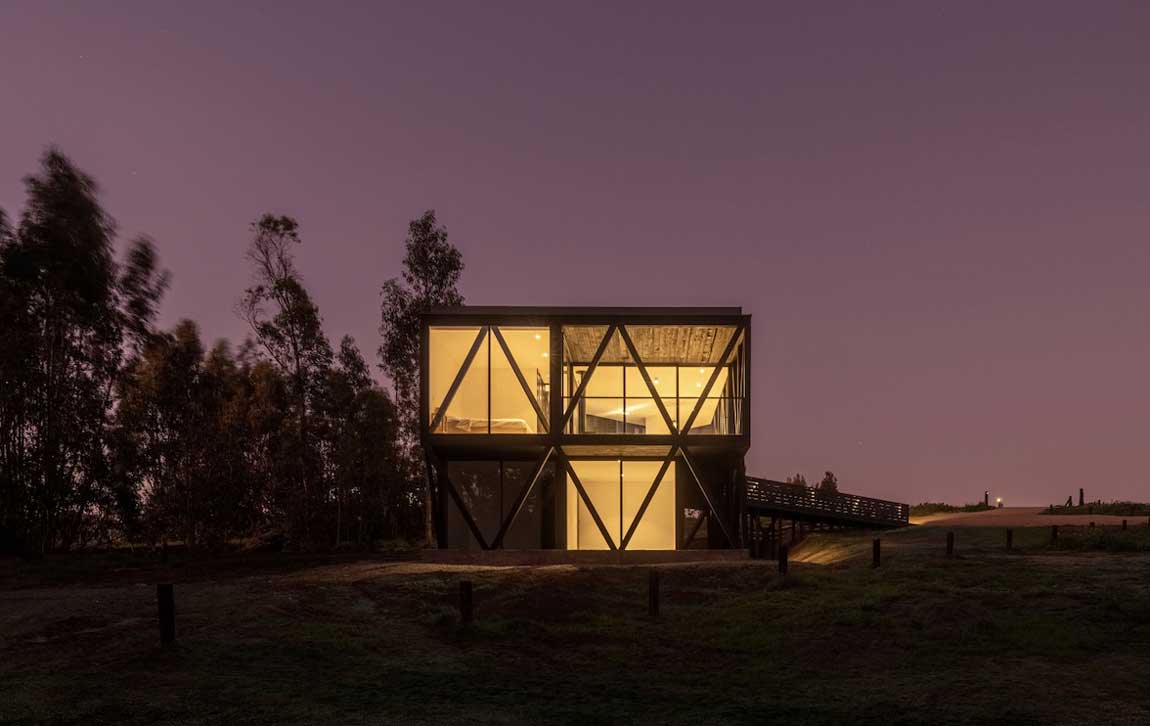

5. Use of Contrast and Colors
While black may be the dominating color in your house design, it doesn’t mean other colors and contrasts should be ignored. In fact, they play a vital role in breaking the monotony and adding vibrancy to your space.
Use contrasting colors to accentuate specific architectural features or to create visual interest. For example, white window frames against a black exterior can create a stunning visual effect. Similarly, a brightly colored front door can add a pop of color and personality to a black house.
Inside the house, consider how different colors will look against the black. Neutral tones can create a sophisticated, minimalist look, while bold colors can stand out dramatically against the black backdrop.

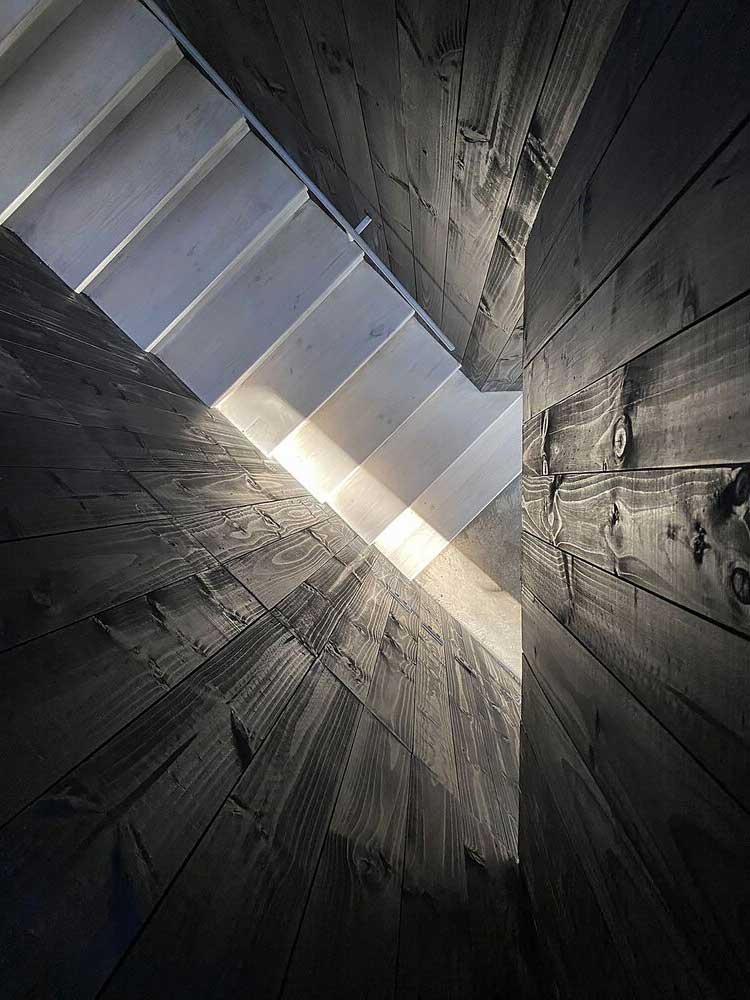
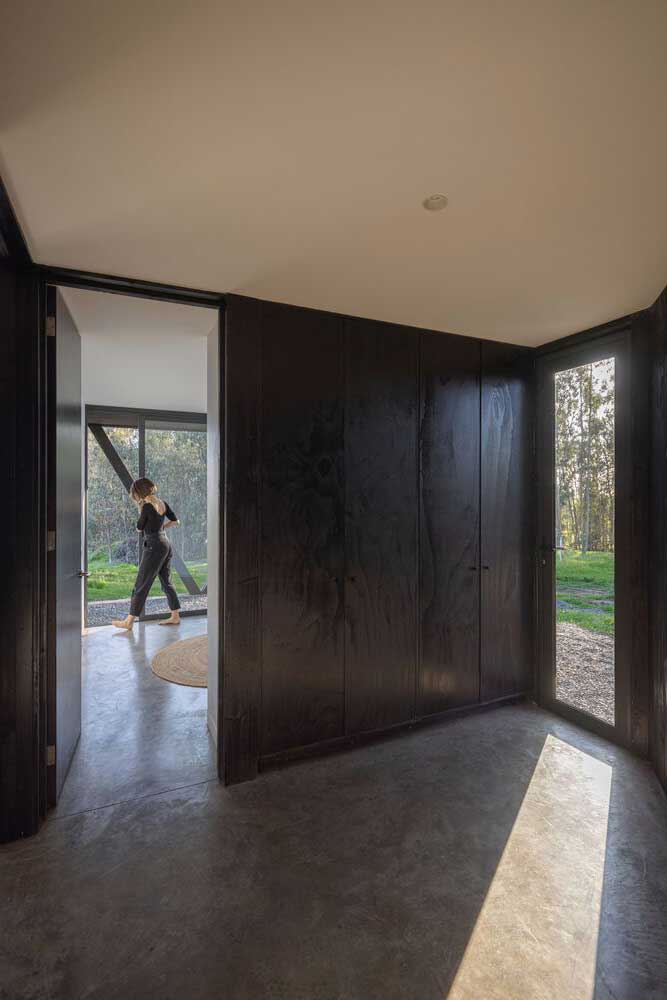
6. Interior Design Considerations
While the exterior of a black house makes a bold statement, the interior design should not be overlooked. The inside of the house should complement the exterior, creating a cohesive, well-thought-out design.
Consider how the black theme will continue in the interior. This doesn’t mean everything has to be black – in fact, too much black can make the space feel heavy and overwhelming. Instead, think about how to balance the black with other colors and elements.
Use black strategically in the interior – for instance, on feature walls, in the kitchen, or in the bathroom. Pair it with lighter colors, natural materials, and plenty of light to keep the space feeling open and airy.
Also, consider the furniture and decor. Sleek, modern pieces often work well in a black house design, but don’t be afraid to mix and match styles for a more eclectic look.
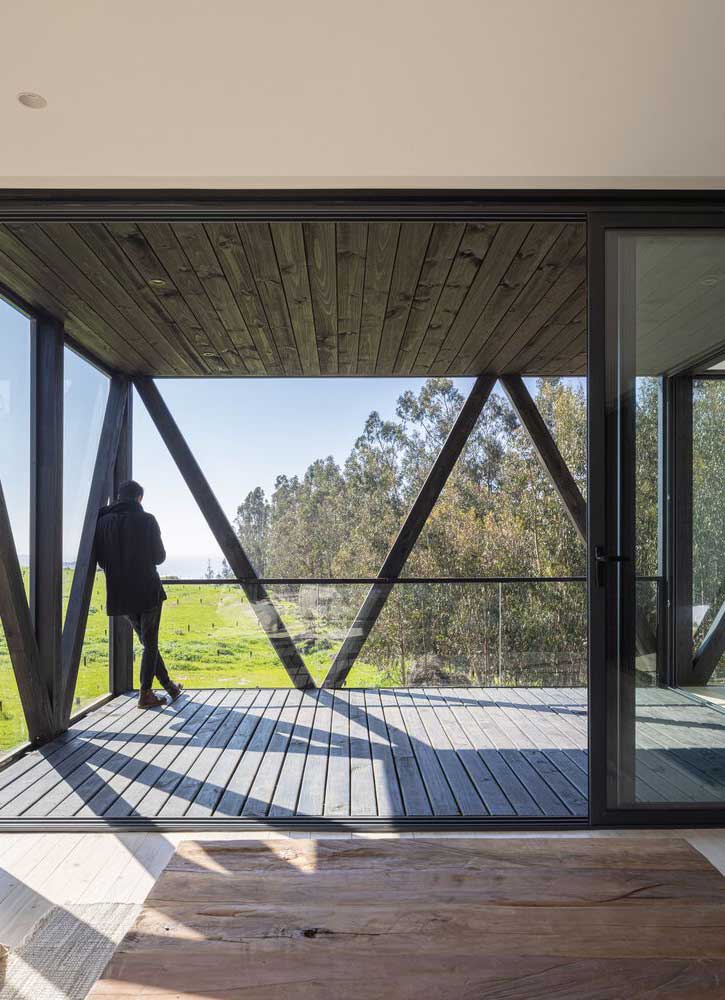
7. Longevity and Maintenance
A black house design is a significant commitment, and it’s essential to consider the longevity and maintenance of the design. Black houses can show dirt, dust, and wear and tear more easily than lighter houses, so regular cleaning and maintenance may be necessary.
Consider the climate and weather conditions in your area. Some materials may fade or weather differently in black, so it’s essential to choose materials that are durable and weather-resistant.
Also, think about the longevity of the design. Black is a timeless, classic color, but it’s still crucial to choose a design that you will love for many years to come.
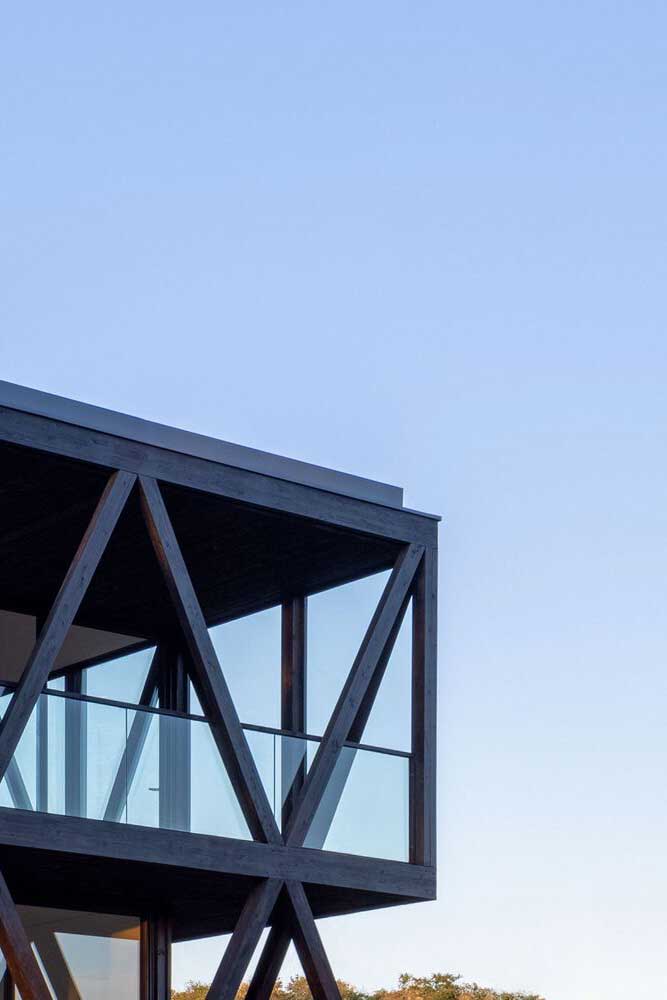
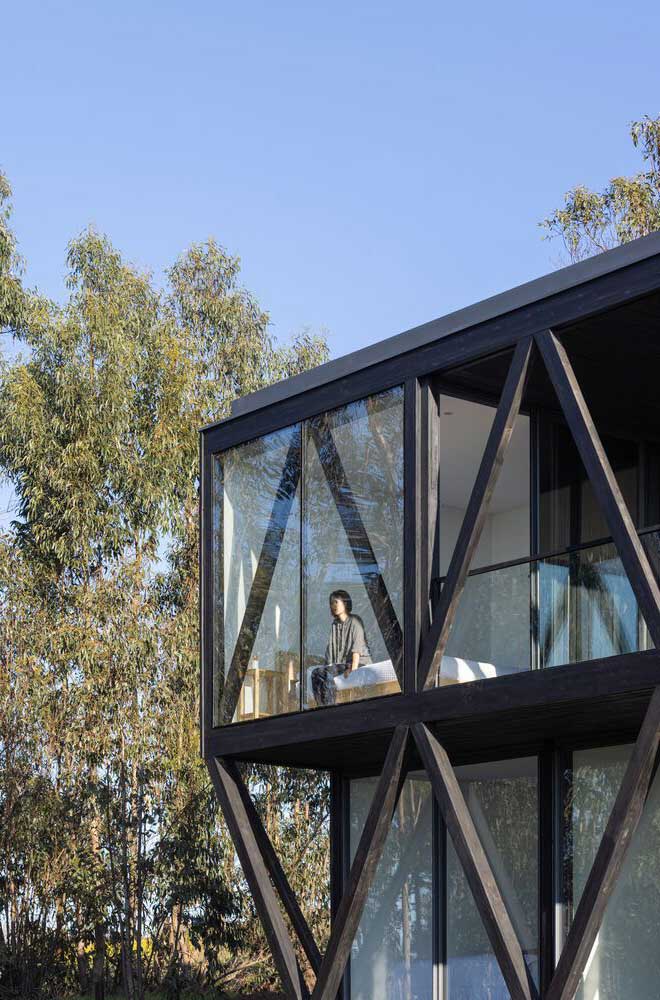
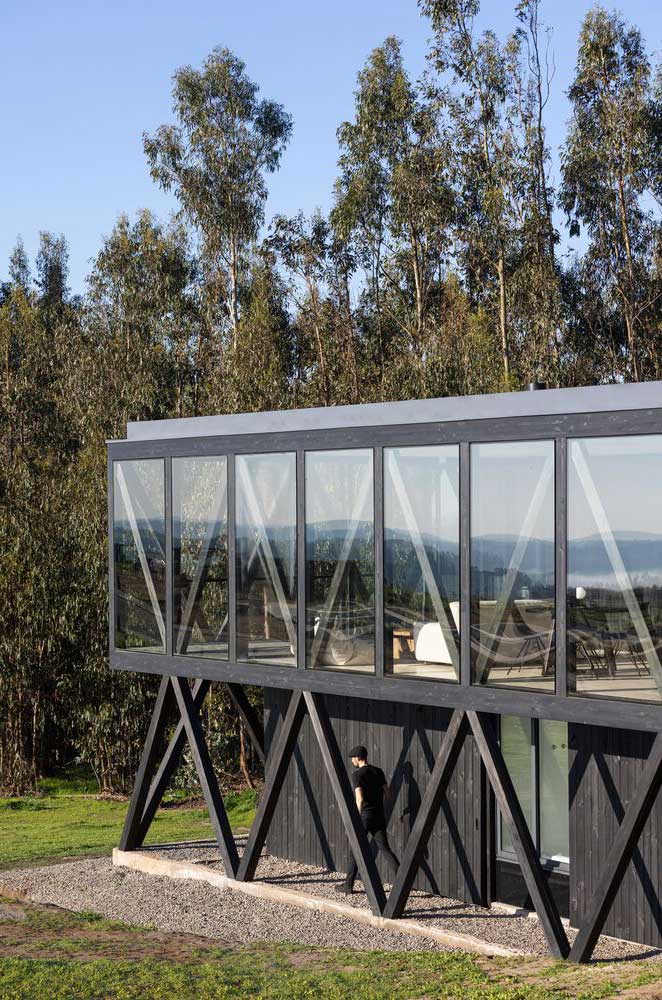
Conclusion
Designing a black house is an exciting, creative journey that allows you to create a home that is bold, sophisticated, and unique. By considering these seven key elements – architectural design, material choices, landscape integration, lighting design, use of contrast and colors, interior design considerations, and longevity and maintenance – you can create a black house design that is striking, functional, and truly yours. So go ahead, embrace the allure of black, and let your home make a statement that is as bold and unique as you are.



